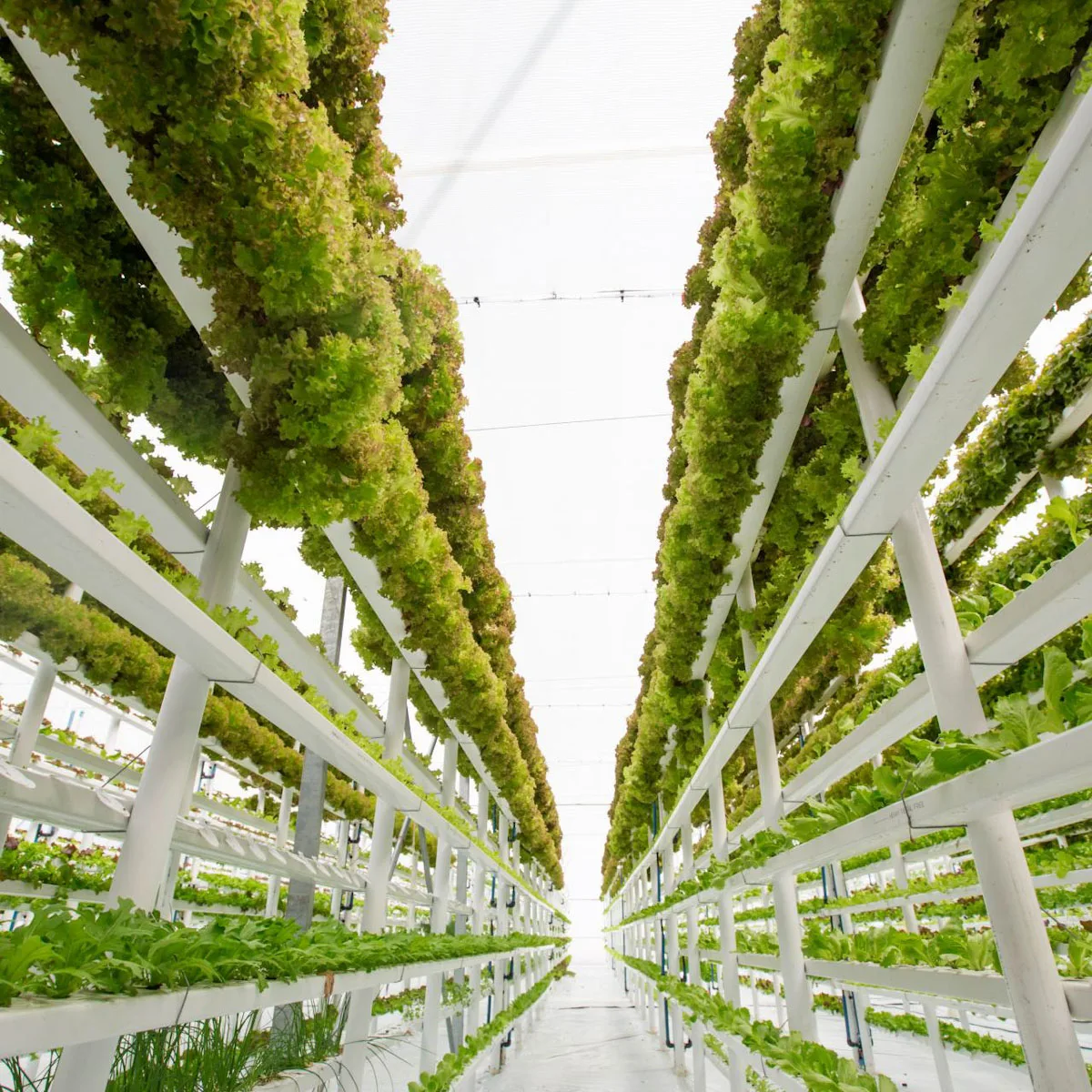Table of Contents
Introduction: Harnessing Innovation for a Greener Future
In our quest for sustainable agricultural practices, vertical farming emerges as a beacon of hope. This innovative approach to cultivation not only maximizes space utilization but also minimizes environmental impact. In this comprehensive guide, we delve into the transformative power of vertical farming and its profound implications for environmental sustainability.
Understanding Vertical Farming: A Paradigm Shift in Agriculture
Breaking Down Vertical Farming
Vertical farming represents a departure from traditional agricultural practices by employing stacked layers to cultivate crops in a controlled indoor environment. By utilizing hydroponic or aeroponic systems, vertical farms optimize resource usage and minimize reliance on arable land, water, and pesticides.
Advantages of Vertical Farming
1. Resource Efficiency
Vertical farming drastically reduces the ecological footprint of agriculture by conserving water, energy, and land resources. With precise control over environmental variables such as temperature, humidity, and light intensity, vertical farms achieve unparalleled efficiency in crop production.
2. Year-Round Harvests
Unlike traditional farming methods, vertical farming enables year-round cultivation, independent of seasonal constraints. By eliminating dependence on external climatic conditions, vertical farms ensure a consistent and reliable food supply, bolstering food security in the face of climate change.
3. Urban Integration
Vertical farms are ideally suited for urban environments, where land availability is limited and demand for fresh produce is high. By locating farms closer to consumers, vertical farming reduces transportation distances, thereby lowering carbon emissions associated with food distribution.
Environmental Benefits of Vertical Farming
1. Conservation of Arable Land
Vertical farming alleviates pressure on arable land by utilizing vertical space for cultivation, thus preserving natural habitats and biodiversity. This sustainable land management practice safeguards ecosystems and promotes long-term environmental resilience.
2. Water Conservation
Through the implementation of closed-loop hydroponic systems, vertical farming reduces water consumption by up to 90% compared to conventional agriculture. By recycling nutrient solutions and minimizing runoff, vertical farms mitigate water scarcity and promote responsible water stewardship.
3. Mitigation of Climate Change
Vertical farming mitigates the environmental impact of agriculture by minimizing greenhouse gas emissions associated with land use change, deforestation, and transportation. By localizing food production and reducing reliance on fossil fuels, vertical farms contribute to climate change mitigation efforts.
Harnessing Innovation for a Sustainable Future
As we confront the challenges of a rapidly changing climate and growing population, vertical farming offers a ray of hope for a more sustainable future. By harnessing technological innovation and ecological principles, vertical farms pave the way for a greener, more resilient agricultural system.
The Future of Agriculture: Embracing Vertical Farming
As we stand on the cusp of a global agricultural revolution, the role of vertical farming in shaping the future of agriculture cannot be overstated. With its myriad benefits ranging from increased crop yields to environmental sustainability, vertical farming holds the key to addressing the challenges of food security, resource scarcity, and climate change. By embracing innovation and harnessing the power of technology, we can pave the way for a more sustainable and resilient agricultural future.
Conclusion: Embracing the Green Revolution
In conclusion, vertical farming represents a paradigm shift in agriculture, offering a sustainable solution to the pressing environmental challenges of our time. By maximizing resource efficiency, conserving natural resources, and mitigating climate change, vertical farming holds the key to a brighter, greener future for generations to come.
For additional information, please refer here.
To know about Atmospheric rivers, please refer here.

1 thought on “How does Vertical Farming Help the Environment : Exclusive Report”